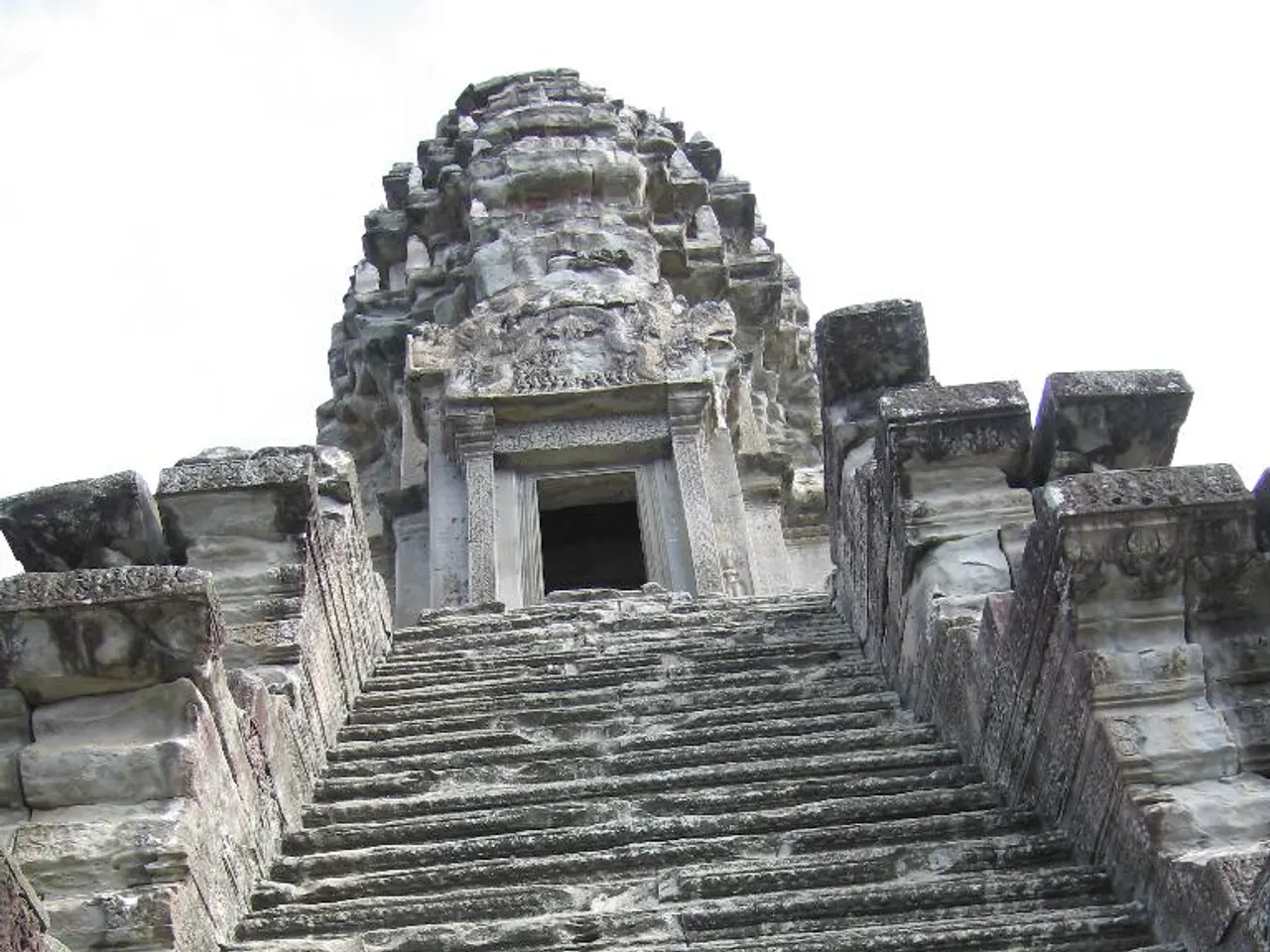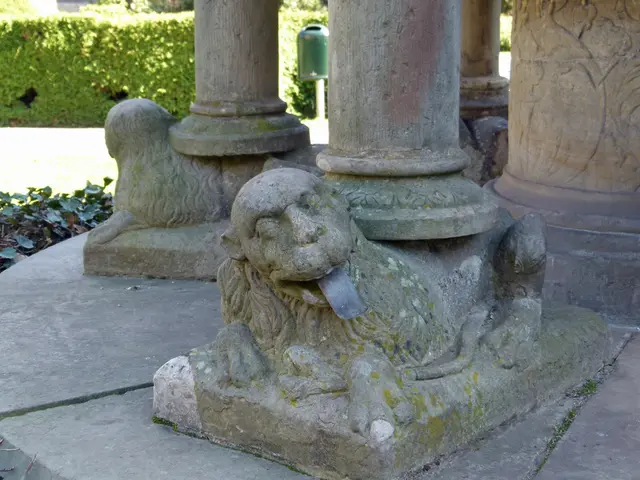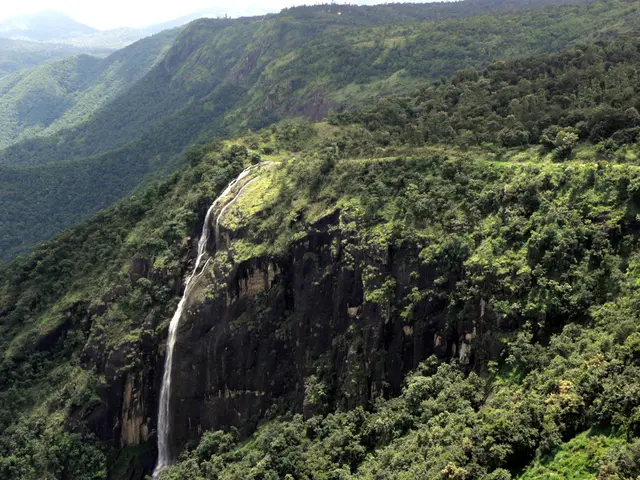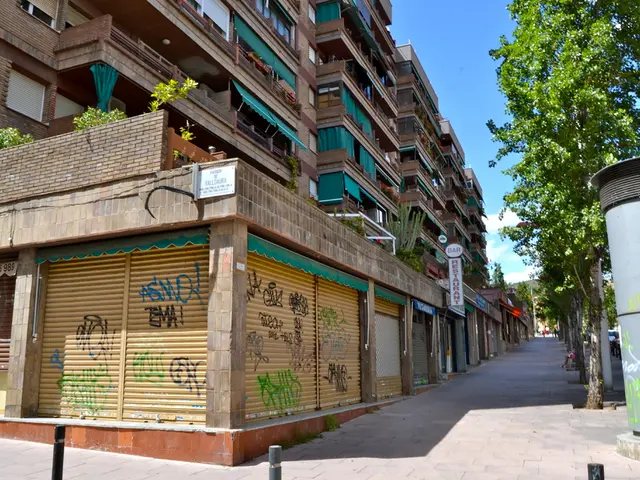Stunning Italian Architecture Places This Building Among the Most Beautiful Globally, Securing Its Reputation Worthily
The Pantheon, a temple nestled in the heart of Rome, Italy, stands as a testament to the grandeur of ancient Rome and the genius of Roman builders. This architectural marvel, with its rich history and distinctive features, has become a universal symbol of beauty, science, and spirituality united in stone.
### A Rich History
Originally built by Marcus Vipsanius Agrippa, son-in-law of Emperor Octavian Augustus, the Pantheon you see today is largely a reconstruction under Emperor Hadrian around 125 AD, after the original building was destroyed by fire [1][3]. Since then, it has been restored by emperors Septimius Severus and Caracalla. Since 609 AD, the Pantheon has functioned as a Christian church dedicated to Santa Maria ad Martyres, which has contributed to its excellent preservation [1]. It is the burial place of Italian kings Vittorio Emanuele II, Umberto I, and Queen Margherita, intended as a mausoleum for Italian monarchs though monarchy ended in 1946 [2].
### Distinctive Features
The Pantheon's most striking feature is its massive, perfectly symmetrical dome, an extraordinary example of ancient Roman engineering. It is the largest dome in the world made of Roman concrete, with a diameter and height of approximately 43.44 meters, allowing the room to contain a perfect sphere of that size [1][2]. At the dome's center is a 9-meter-wide open oculus, the only natural light source inside. It functions as a reverse sundial, marking time with shifting light, and aids in air circulation and cooling. Rain enters through the oculus, and the floor is cleverly designed with a slight slope and drains to channel water away [1][2].
The dome interior features five rings of 28 sunken panels called coffers, which may have once held bronze rosettes representing stars, contributing to an artistic effect evoking the sky [2]. The combination of a traditional temple front (pronaos) with a large circular rotunda was innovative for Roman architecture. Externally, the pronaos boasts 16 granite columns, each about 14 meters tall, creating a majestic entrance [1][2]. The design incorporates circles and squares as a thematic element — the circular dome contrasts with square coffers and a checkerboard floor pattern, providing a unique and harmonious visual experience [2].
The Pantheon remains an active Catholic church holding Masses and special ceremonies, allowing visitors to experience a living monument blending ancient Roman engineering with Christian heritage [2]. In the summer, it also offers a respite from the heat, as it is one of the most beautiful mountain villages in Italy to escape the heat this summer and one of the five most beautiful beaches in Calabria [1][2].
In summary, the Pantheon is famous for its grand dome and engineering innovations, its history as a Roman temple repurposed into a church, and its symbolic and architectural beauty, making it one of Rome’s best-preserved and most significant ancient monuments [1][2][3]. The Pantheon is perfect for history lovers and beauty enthusiasts alike, embodying the grandeur of ancient Rome and bearing witness to the genius of Roman builders.
[1] "The Pantheon" – Britannica.com [2] "The Pantheon" – Roman-Empire.net [3] "The Pantheon" – History.com
The Pantheon, with its grand dome and engineering prowess, showcases an intriguing blend of ancient Roman architecture and modern in-flights, transforming one's travel experience into a journey through history. Its distinctive lifestyle, combining the mystique of the past with the spirituality of the present, adds an extraordinary allure to any journey unfolded within its walls.




